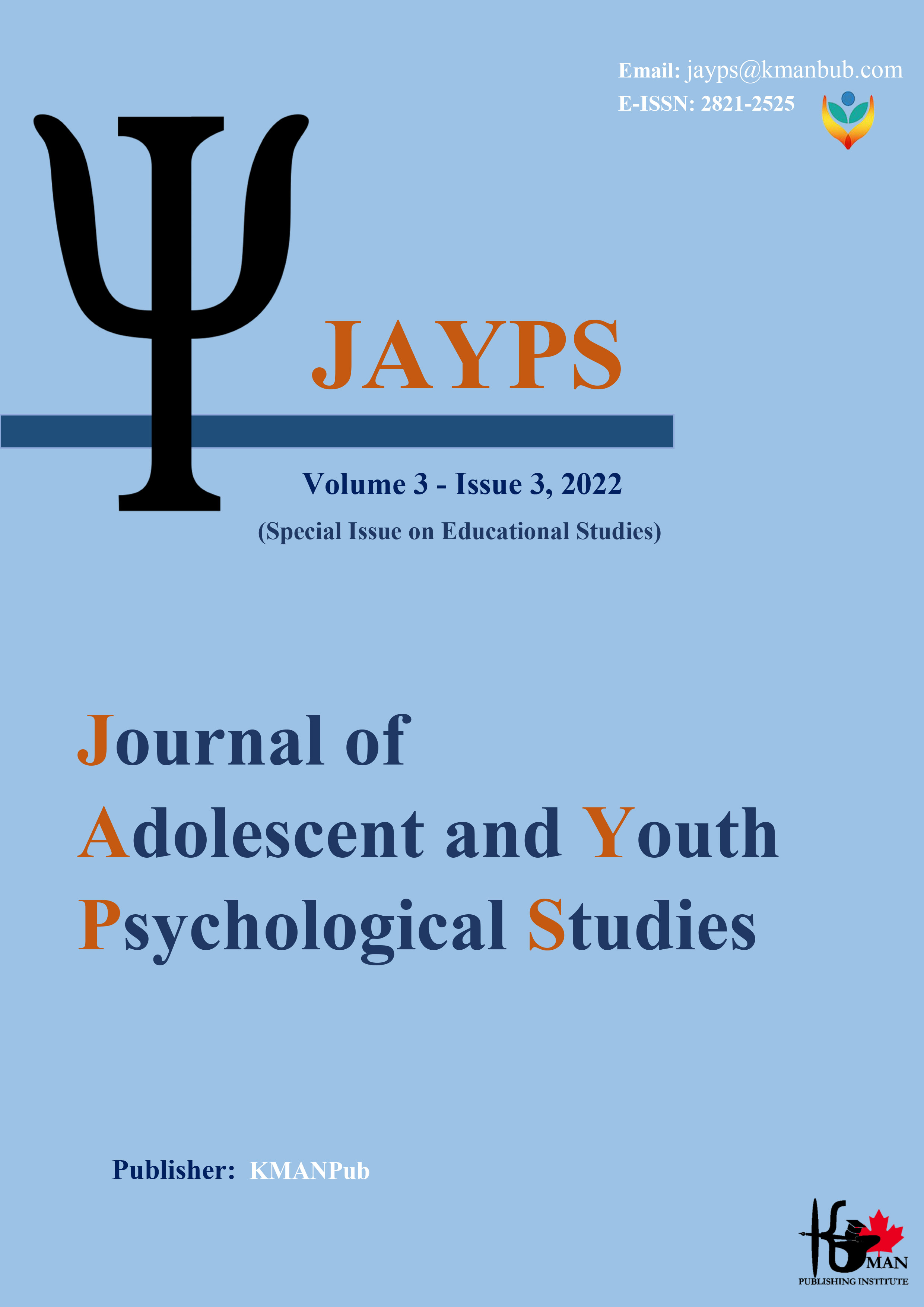Validation of the effectiveness of learning in the virtual education system of Bojnord universities
Keywords:
Virtual education, learning effectiveness, content analysis, structural equationsAbstract
Background and Aim: As a result of the changes and developments in technology, the phenomenon of education has also gone out of its traditional form and has appeared in the form of distance education or electronic education. This research aims to validate the effectiveness of learning in the virtual education system of Bojnord universities. Methods: This research was exploratory in the mixed-method research approach. The statistical population in the qualitative section is 18 faculty members and university lecturers from the universities of Khorasan provinces (Northern, Southern, and Razavi) who were selected in a purposeful and accessible manner. Statistical population of the quantitative part of the study included all academic staff members, faculty teachers, virtual education experts, and doctoral students of North Khorasan, South Khorasan, and Razavi universities were. The sample size was calculated based on Cochran's formula of 347 samples. Results: Based on the analysis of qualitative data obtained from exploratory interviews and coding and content analysis of the text of the interviews and, at the same time, their compliance with the theoretical foundations, and according to the opinion of the participants: The main categories and factors (dimensions) and sub-factors (components) influencing in increasing the effectiveness of virtual training can be classified into 5 categories or main dimensions and 40 sub-factors. The main effective dimensions are: From the administrative, administrative, and organizational factors of the university, the curriculum and educational design factors, the factors related to a professor's and comprehensive qualifications, the technological equipment and information technology infrastructure factor, and the cultural factors of virtual space. Finally, each identified component was examined through a questionnaire, and the results showed that the model has a good fit. Conclusion: Therefore, it is strongly suggested that Azad University managers take the necessary measures and arrangements for students to access virtual platforms, high-speed internet, quality equipment, and update the equipment.
Downloads
Downloads
Published
Issue
Section
License

This work is licensed under a Creative Commons Attribution-NonCommercial 4.0 International License.









